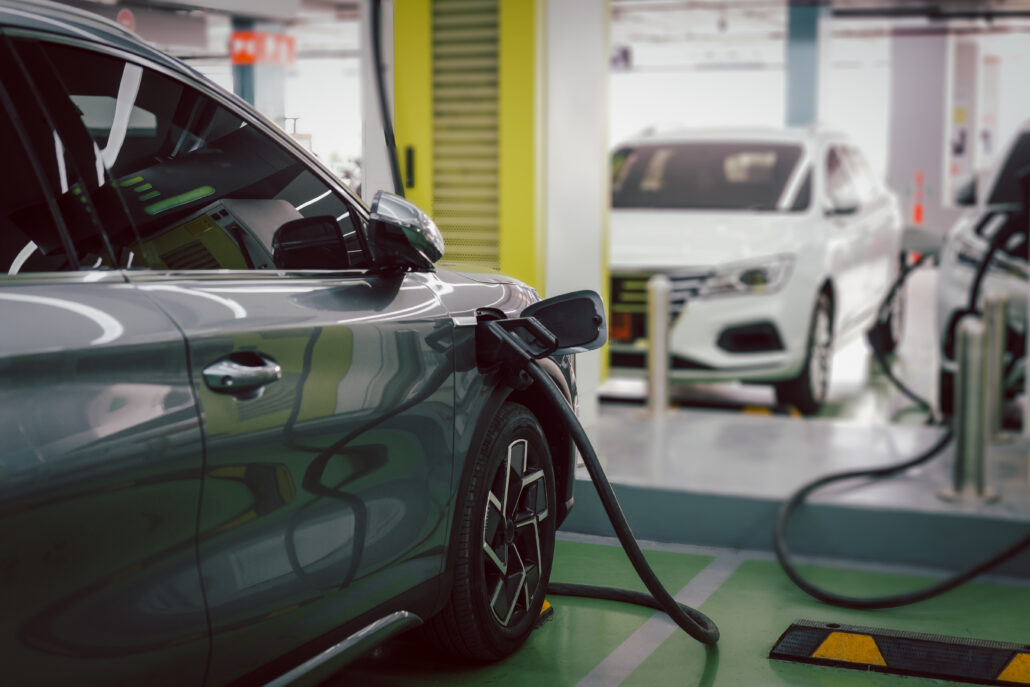Written by Christos Kougevetopoulos, Head of Operations at Wattcrop.
As the world pivots towards sustainability and cleaner energy practices, the transportation sector has been a significant focal point. Electric vehicles (EVs) have emerged as a promising alternative to traditional internal combustion engine vehicles, offering a reduction in greenhouse gas emissions, improved air quality, and decreased dependency on fossil fuels. However, this shift to electric transportation brings with it a new set of challenges and considerations for the power grid. This article explores the various impacts of electric vehicles on the electrical grid, including the demands they place on existing infrastructure and the opportunities they create for a smarter, more resilient energy ecosystem.
1. Increased Demand for Electricity
One of the most immediate impacts of a growing EV fleet is the increased demand for electrical power. As more people plug in their vehicles to recharge, the power grid must handle this additional load. If not managed properly, the surge in demand could lead to overloading of local transformers, increased peak loads, and potential power outages. To cope with this, utilities must upgrade their infrastructure, including transformers, substations, and distribution lines, to handle the higher loads.
2. Peak Load Management
EV charging typically coincides with the evening peak demand when drivers return home from work. This can exacerbate peak load issues and strain the grid even further. Utilities and grid operators are exploring demand response programs and time-of-use tariffs to encourage off-peak charging, thereby flattening the demand curve and ensuring a more balanced energy consumption throughout the day.
3. Infrastructure Planning and Investment
The anticipated rise in EV usage necessitates significant planning and investment in charging infrastructure. This includes the deployment of public charging stations and the expansion of home and workplace charging options. Utilities must anticipate where and how much charging infrastructure is needed, and invest accordingly to ensure the grid can meet localized demands without compromising reliability.
4. Grid Stability and Reliability
The intermittent nature of renewable energy sources like wind and solar poses challenges for grid stability. EVs, with their large battery storage capacities, have the potential to help stabilize the grid by acting as distributed energy storage resources. Smart charging and vehicle-to-grid (V2G) technologies enable EVs to store excess renewable energy when supply exceeds demand and feed it back into the grid when needed.

5. Renewable Energy Integration
The shift to electric vehicles presents an opportunity to increase the integration of renewable energy into the transportation sector. By aligning EV charging with periods of high renewable generation, we can ensure that EVs are powered by clean energy, further reducing their carbon footprint and enhancing the sustainability of transportation.
6. Policy and Regulation
To facilitate the smooth integration of EVs into the power grid, policymakers and regulators must establish clear guidelines and standards. These regulations should address grid interconnection standards for charging stations, incentives for renewable energy use, and guidelines for data sharing between utilities, EV service providers, and consumers to optimize charging and energy usage.
7. Opportunities for Innovation
The push towards an electrified transportation system has sparked innovation in areas such as battery technology, smart grid applications, and energy management systems. These advancements not only improve the efficiency and range of EVs but also enhance the grid’s ability to accommodate the evolving demands of a modern transportation infrastructure.
The electrification of transportation holds great promise for a more sustainable future. However, it also poses significant challenges and opportunities for the power grid. Utilities, policymakers, and the private sector must work collaboratively to address these challenges through strategic investments, regulations, and technological innovations. By doing so, we can ensure that the grid not only withstands the additional demands of electric vehicles but also leverages them to create a cleaner, more resilient, and efficient energy system.
Find more interesting articles from the Wattcrop team!
